Argentina exports soy to China that is associated with deforestation.
When Chinese soy demand and that of other countries increases, the agricultural frontier tends to expand at the expense of native forests. All in violation of the Forest Law that sought to preserve them.
A new study by Greenpeace records – visually and statistically – the extent forest loss in four Argentine provinces, where 112,766 hectares were deforested in 2018. Of those, 40,965 were in areas where industrial exploitation is prohibited or restricted by law.
“We see the before and after to verify if there is a change in land use, or deforestation,” said Hernán Giardini, head of the Greenpeace forest campaign, who added that the organisation works in the provinces of Santiago del Estero, Salta, Chaco and Formosa, which account for 80% of Argentina’s deforestation over the past 30 years.
Greenpeace attributes deforestation to the advance of the agricultural frontier, mainly for soy cultivation, but also livestock. Since the enactment of the Forest Law at the end of 2017, 2.6 million hectares have been deforested, 840,000 of which were supposedly protected.
The Rosario Board of Trade estimates that 17.6 million hectares of plantation will yield around 55 million tonnes of soy in the 2018-19 harvest. This would represent a 27.5% increase on the previous period. Production of wheat, corn and other cereals has also showed an uptick since 2015. Most soy is exported. Argentina consumes scarcely any.
Half full or half empty?
Argentina’s decade old Forest Law had been viewed optimistically and pessimistically in almost equal measure. There are facts to justify both positions.
Since the law came into force, the rate of forest loss has slowed by half from 300,000 hectares per year to around 150,000, but conservation is still woefully underfunded – it receives on average 5% of the budget it should under the Forest Law. Meanwhile, deforestation continues in prohibited areas, owing to provincial exemptions.
“Some owners present silvopastoral [also known as agroforestry] plans and then we see that in reality more trees are taken,” says Juan Pedro Cano, director of forestry at the Environment and Sustainable Development Secretariat. “They leave only patches of trees.”
Cano said Greenpeace’s numbers match official data and agreed that the expansion of the agricultural and livestock frontier, not just soy, drives deforestation.
“Beyond demand, it’s commodity prices that accompany deforestation,” Cano says, claiming that when soy prices go up, agricultural activity and deforestation also rise in the rush to capitalise.
Argentina’s constitution gives the provinces responsibility to manage their own natural resources, even if national minimum budget laws are enacted that constrain choices, as has been the case with forests and glaciers.
“We want to stop thinking about forests as a hindrance to economic production,” said Cano, who is enthusiastic about a new system of alerts based on satellite information that is shared with provincial authorities.
Giardini said that when illegal deforestation is detected companies incur measly fines, if they have to pay anything at all.
US$50,000
the fine for illegally clearing 500 hectares of forest
“It depends on each province, the fine, or the type of infraction. Fines of two million pesos (US$50,000) are paid for clearing 500 hectares, a figure that doesn’t discourage,” he says.
For this reason, the Greenpeace presented a bill to reform the penal code and to make environmental crimes offenses that can lead to imprisonment.
Globalisation
Gustavo Girado, an economist specialising in relations with China at the National University of Lanús, said directly correlating Chinese soy demand with Argentine deforestation is a mistake, as much China-bound soy travels via the US.
“The ships come out with the raw material and then they are told which port to go to,” he said, adding that when prices come down, producers look to plant other products. “For ten years we have sold them the same thing.”
Another issue is how far the area devoted to soy can grow in Argentina.
We don’t adapt to the ecosystem, the ecosystem adapts to us
“It’s hard to know. There are many areas where it could still be planted,” said Giardini, adding that genetic modifications to the crop would enable it to be planted in areas where there is low rainfall.
Giardini added that scientific solutions for increasing productivity seem to exist only for large-scale industrial producers, not for rural smallholders or agroecological farmers.
“We don’t adapt to the ecosystem, the ecosystem adapts to us,” he said.
The question of how to solve demand for a product, whose cultivation interacts with sensitive forest ecosystems as the world’s food demand grows, is an urgent one.
Giardini said that consumer-led initiatives and voluntary corporate standards could be a way forward.
“There was a commitment of that type by grain dealer who did not buy soy from the Amazon. That could be extended to the Chaco area. Don’t buy unless zero deforestation is guaranteed,” he said.
“It will inevitably have to be done if you want to comply with the Paris Agreement on climate change. In Argentina, changes in land use and livestock generate more than half of the greenhouse gases that the country emits.”
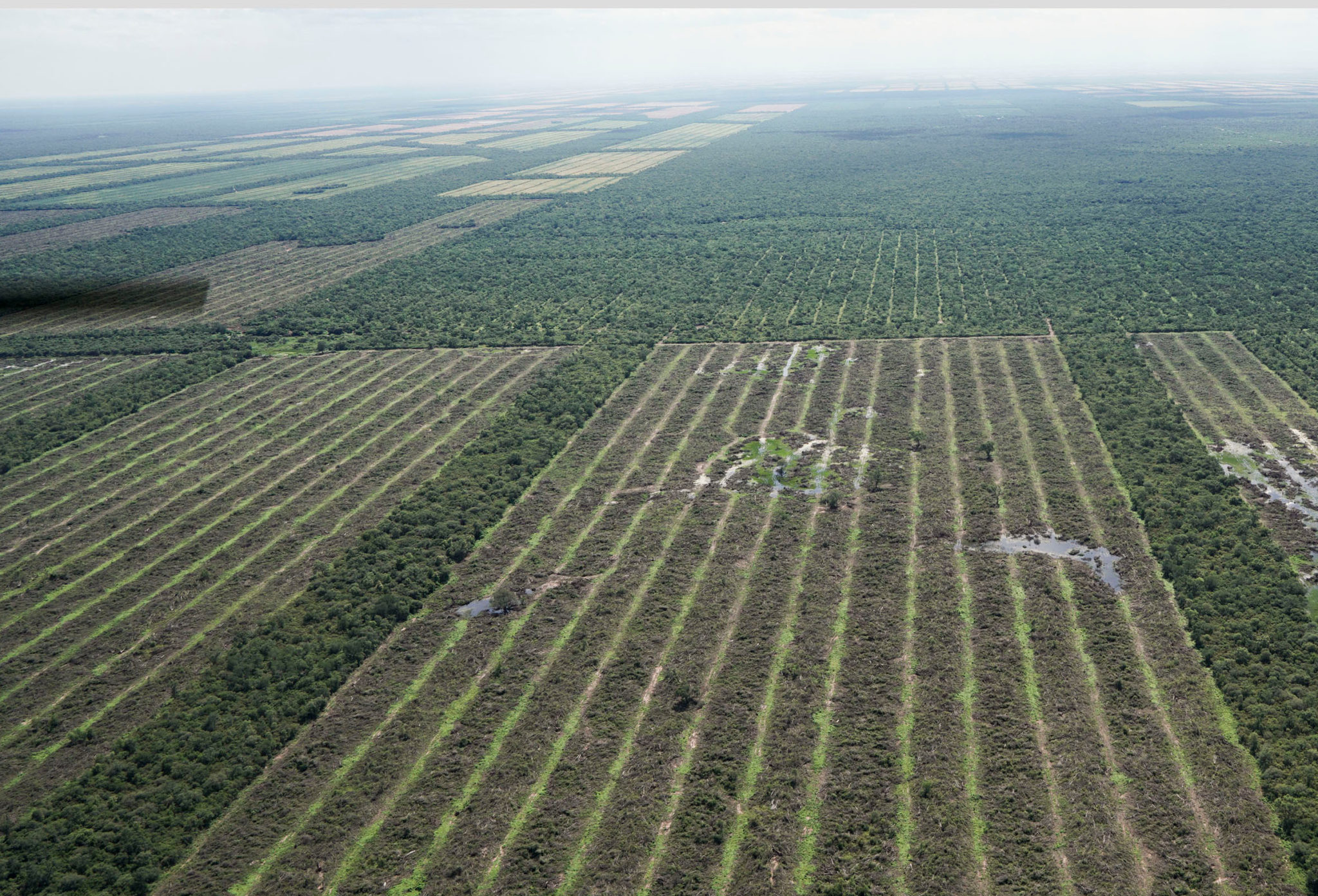
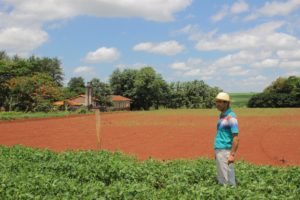
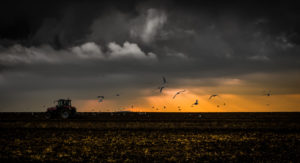
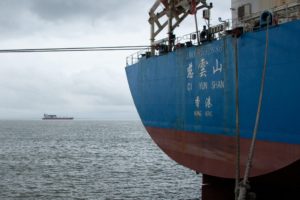

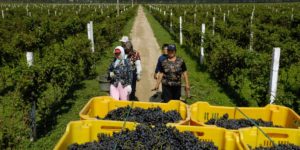

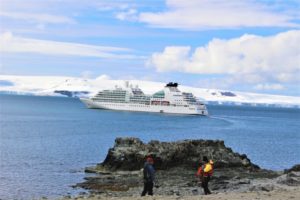
![Fears of river diversion have led to protests against a Chinese funded hydropower project in Kashmir [image by: Ghulam Rasool]](https://dialogue.earth/content/uploads/2019/03/Neelum1-Ghulam-Rasool-300x200.jpg)